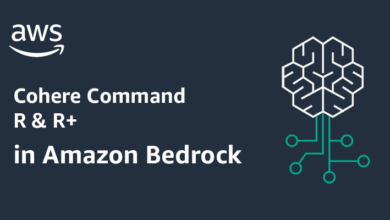Insider Risk in the Generative AI Era

Artificial Intelligence & Machine Learning
,
Events
,
Next-Generation Technologies & Secure Development
Forrester’s Joseph Blankenship Says Human Beings Are Fallible
In today’s digital landscape as AI adoption increases, insider threats have evolved and now pose significant challenges to enterprises. Joseph Blankenship, Forrester vice president and research director, discussed the impact of generative AI on insider risks and highlighted concerns about accidental data loss and malicious exploitation.
See Also: From CNAPP to CDR: The Cybersecurity Road Ahead
A Forrester study anticipates that a high percentage of data breaches in 2024 will involve human error. CISOs should focus on changing human behavior through effective security training and creating a culture of security within organizations, Blankenship said.
“Human beings are fallible. There’s a large percentage of data breaches that occur because a human has done something wrong,” he said. “It could be that I clicked on the phishing email. That’s a human component that may have kicked off a ransomware attack or a credential compromise because I gave my credentials to somebody outside the company. You look at all those elements, and that’s where we are coming from with the human risk.”
In this video interview with Information Security Media Group at RSA Conference 2024, Blankenship also discussed:
- The risks posed by open-source LLMs;
- The importance of incorporating generative AI into existing data-handling policies;
- The effectiveness of identity-centric controls in detecting insider threats, particularly compromised credentials.
Blankenship supports security and risk professionals, helping clients develop security strategies and make informed decisions to protect against cyberattacks. As a research director for security and risk, he leads the analyst team researching security leadership, the role of the CISO, infrastructure and operations, detection and response, and Forrester’s zero trust model of information security.



